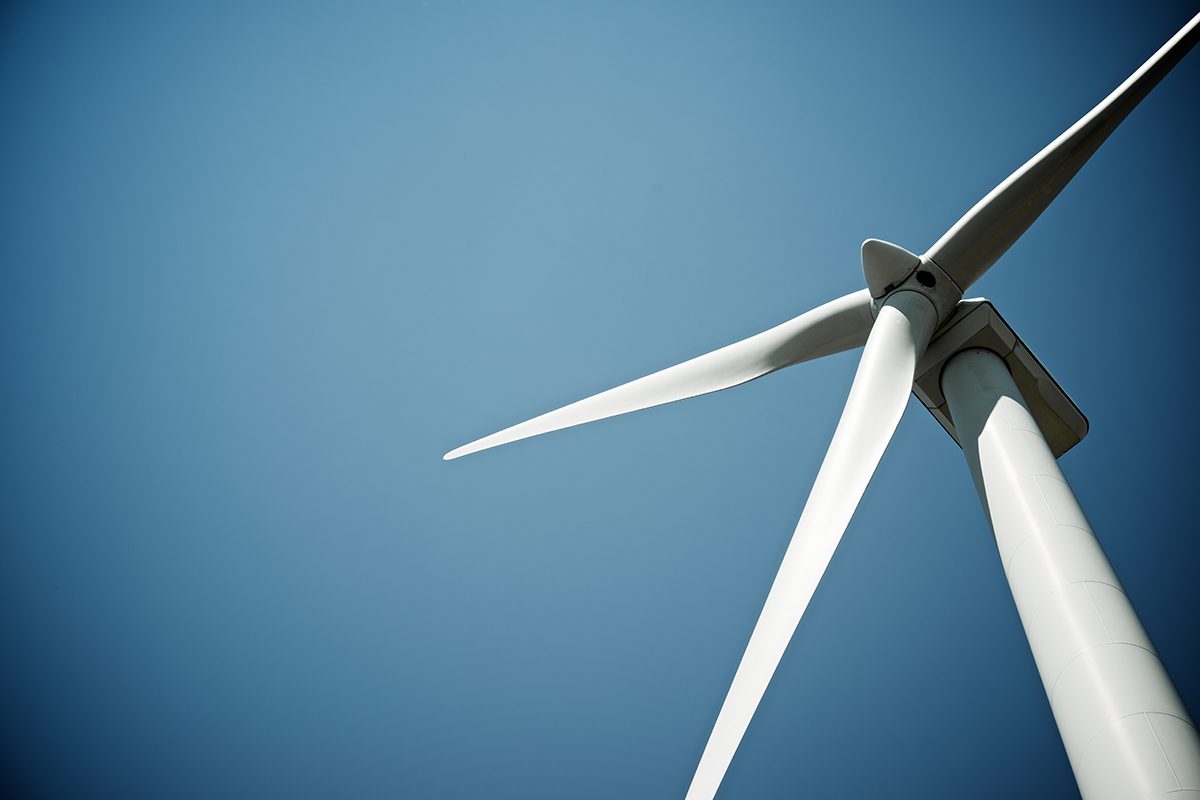
A new hardware-free platform for maximising wind turbine health and availability – Windscope – launched on 10 October, following a successful 9-month beta testing phase.
The platform, developed by the data science and engineering team behind industrial AI company Ada Mode, is designed to bring advanced health monitoring technology to asset managers and engineers in the wind energy sector, empowering them to quickly scale up their predictive maintenance strategies without a requirement for hardware installation.
Turbine monitoring and AI-driven predictive maintenance are not new concepts for wind farm owners and operators as they seek to minimise downtime, maximise production and extend the operational lifetime of their assets. However, numerous obstacles continue to frustrate the ambitions of asset managers to roll out advanced health monitoring approaches across their fleets.
“One of the main headaches for operators lies in integrating a wide array of disparate data streams to gain a full oversight of their turbines’ condition and performance,” said Joe Donnelly, CEO, Windscope. “This is particularly challenging in multi-technology portfolios, where physical Condition Monitoring Systems (CMS) have either been installed as part of a previous campaign or need to be installed to support the deployment of a new software platform.”
“Another big hurdle lies in the way key performance data can be siloed between the turbine manufacturer (OEM), the Independent Service Provider (ISP) and the asset manager. Lack of collaboration between stakeholders in the O&M process puts a spanner in the works when it comes to performing preventative maintenance before failures occur, increasing turbine availability, and supporting safe planning of maintenance activities.”
Windscope, built by engineers with first-hand experience managing maintenance programmes across both wind and nuclear power, aims to lay the foundation for a successful, scalable predictive O&M strategy.
The intuitive software platform requires no additional hardware, eliminating the downtime and expense involved in installing monitoring equipment, while being capable of applying AI to existing SCADA and CMS systems. Similarly, where work order management systems exist, Windscope data can be quickly integrated into existing software systems and interfaces.
As such, the platform can be up and running in as little as 2 weeks, giving asset management teams access to granular insights that enable them to identify emerging issues, prioritise maintenance activities and report back to their internal and external stakeholders. In turn, this enhanced data access can empower more collaborative and transparent relationships between the asset manager, the OEM and the ISP.
For beta user Ventient Energy, Windscope proved successful in identifying a number of issues including Gearbox, Convertor/Transformer and Sensor faults, some of which would not otherwise have been caught before failure. Windscope also proved invaluable as a means of reporting turbine condition in day-to-day communication with the engineering team and ISP – ultimately reducing the overall burden on the asset manager.
Following these successful trials, Ventient Energy is now using Windscope on a long-term basis to support its preventative maintenance activities at a number of UK wind farms.
“Managing a vast and technologically diverse wind turbine fleet demands a dynamic approach to asset management. As a result, we are consistently enhancing our maintenance strategies to optimise our time and resources,” stated John Morris, Head of Asset Management (UK) at Ventient Energy. “We’ve been particularly impressed by Windscope’s component-level monitoring approach, which has proven very valuable in identifying and addressing various emerging faults. Additionally, the system has played a crucial role in promptly escalating these issues to our engineering team and ISP.”








